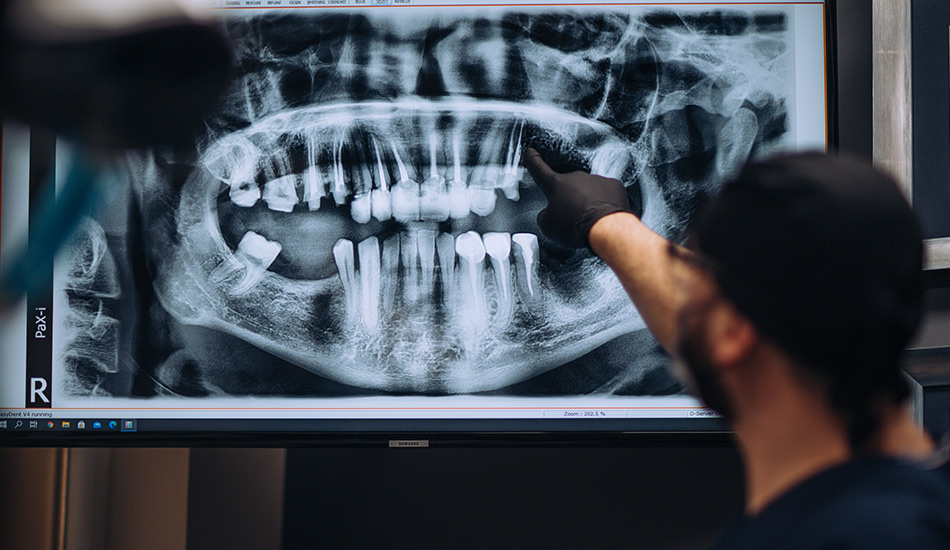In the body of the upper jawbone is a bone cavity called the maxillary sinus. In certain cases, the distance between the top of the jawbone and the floor of the sinus may be reduced, leaving insufficient bone, making it unsuitable for dental implants. In these cases, a sinus lift is required, i.e., raising the sinus and providing a larger amount of bone where a dental implant can be placed. The procedure is performed under local anesthesia, in which the sinus membrane that lines the sinus is gently lifted or pushed upward, and the space between the sinus membrane and the existing bone is filled with graft material. This graft material helps stimulate the growth of new bone, providing a solid foundation for dental implants. After a healing period of several months, the newly formed bone integrates with the surrounding bone, creating a stable foundation for the placement of dental implants. The two most common approaches to sinus lift are: lateral and vertical sinus lift.

In lateral sinus lift, the procedure begins with the application of local anesthesia and an incision in the oral cavity in the lateral region of the upper jaw, after which a small opening is made in the bone, through which the sinus membrane is gradually peeled off and lifted with special curettes, and then that space is filled with graft material. A collagen membrane is placed on top of it and then the soft tissue above the membrane is sutured.
Vertical sinus lift is less invasive, performed with special osteotomes, with a slight disruption of the sinus floor and application of graft material in the newly created space. This is followed by subsequent or delayed placement of a dental implant.